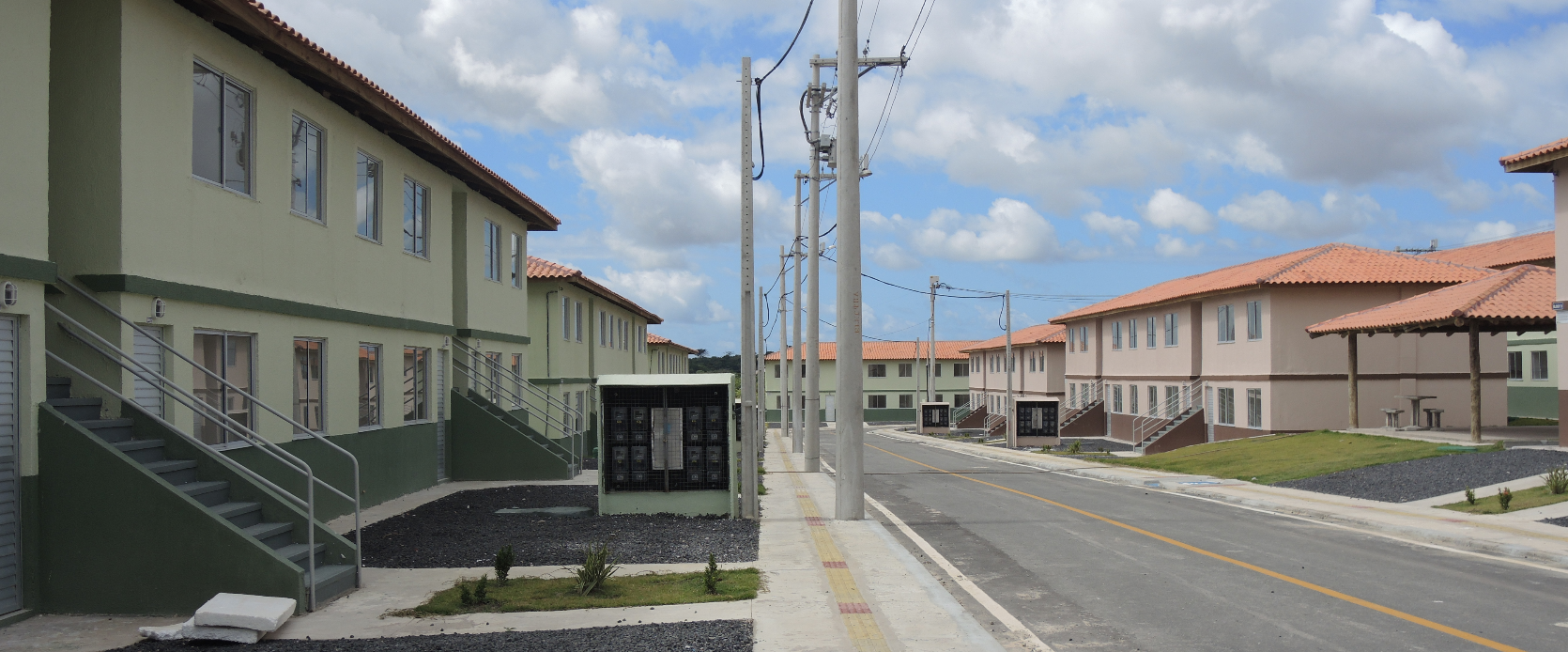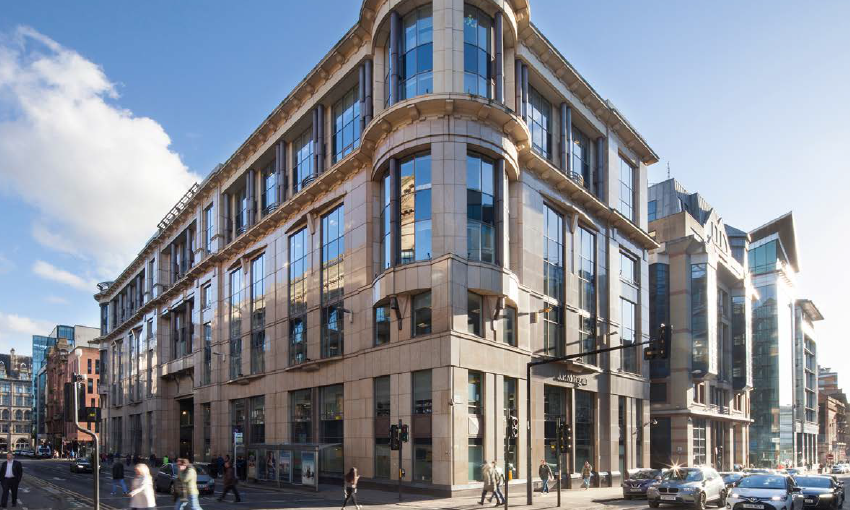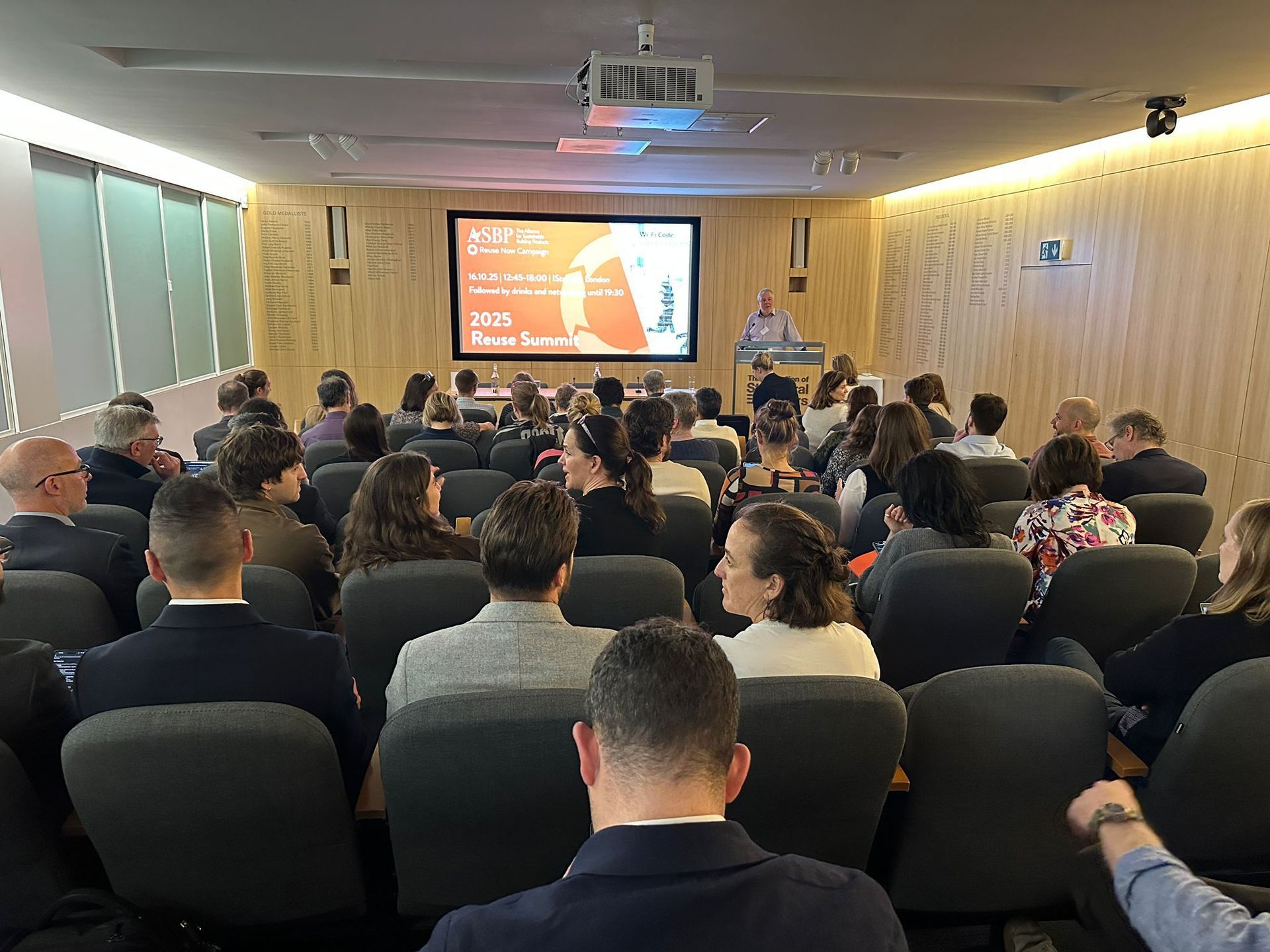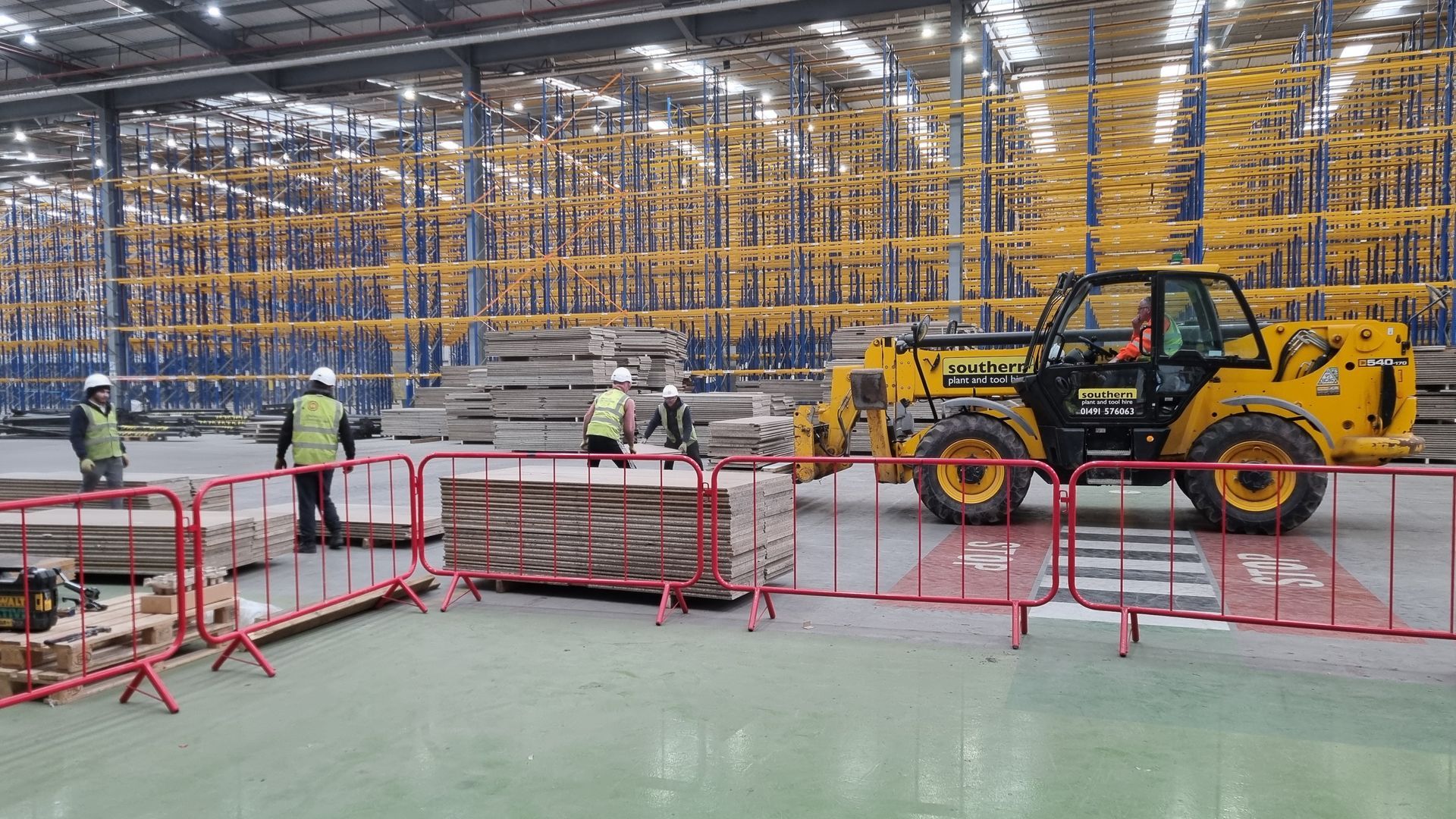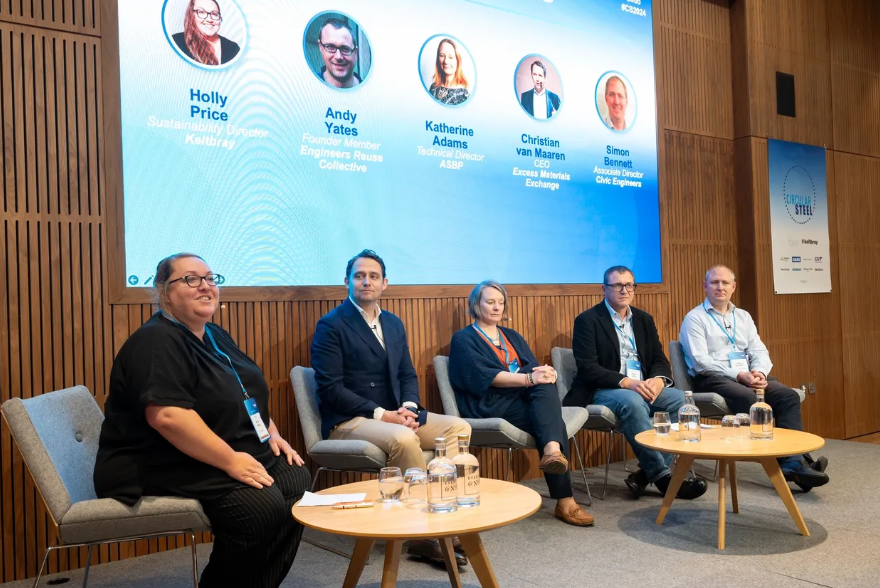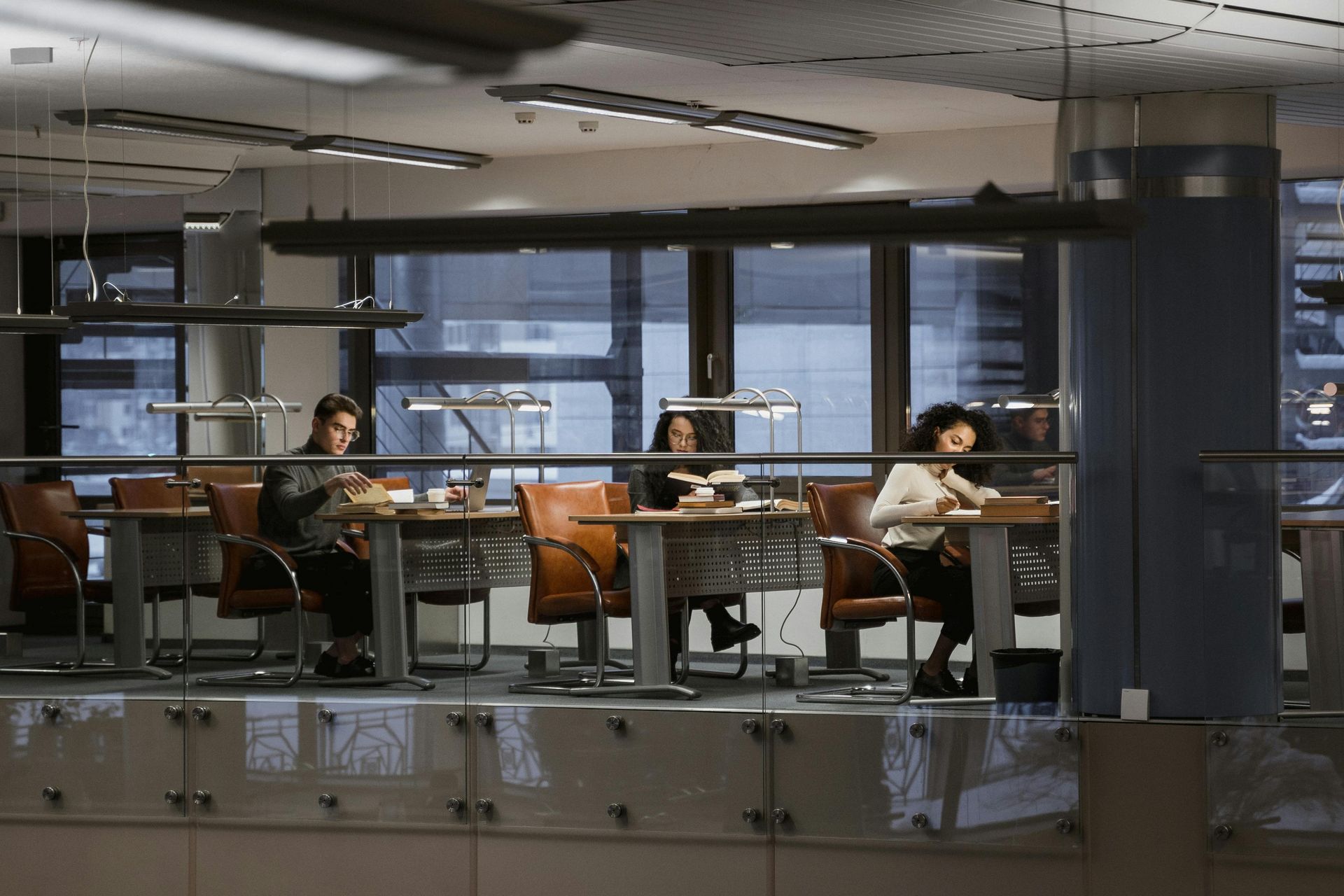Who Knew Reusing Steel Could Be So Exciting?
The recent
Circular Steel
event in London provided Reusefully’s Graduate Consultant
Zoe Culverhouse
with an opportunity to reflect on some positive developments in the reuse of steel in construction. Zoe writes..
As someone relatively new to the world of circular economy, events like Circular Steel are exciting and educational, but also overwhelming and at times slightly confusing.
After the event I had conversations surrounding the importance of involving those who may not be so passionate or in the know about steel reuse as those of us already attending these events. As a ‘newbie’ I feel I am perfectly qualified to share my findings with this group!
A topic that came up a lot throughout the talks is that there is a need to learn from each other’s, as well as your own, experiences and mistakes. Perhaps for some of you, this could be a good place to start.
After attending the talks, the main challenges surrounding the reuse of steel, as I now understand them, are;
- Procurement
- Cost
- Programme
- Incentivisation
But don’t fret! There are solutions to these challenges.
Procurement
The procurement of reclaimed steel can be a challenge as design processes take a long time, sometimes years – this means that you may find yourself designing a building around available steel that is not promised to be obtainable when your building is ready to be built. With reclaimed steel only what’s available at the time can be offered.
One way to solve these challenges may be to design first and then see where reclaimed steel can fit into your design.
It is important to aim to use reclaimed steel effectively, certain sections may not work for your building, and that’s okay. Allowing these to go to a central stockholder and be used by someone else in a more suitable way can be a good choice. This will also increase the ‘pool of choice’ for others looking at using reclaimed steel.
Adhering to this advice may mean that new steel needs to be used but it is good to remember that reusing any amount of steel is positive – no one is saying that you must reuse 100% of steel 100% of the time!
Know when to say no and when to compromise to make it work – be flexible!
Cost
Cost is always a factor when it comes to circularity, who would’ve thought using the old stuff can be more expensive!
There seemed to be differing views on whether reclaimed steel is more or less expensive. There are costs to recovering, processing and storing the reclaimed steel, which adds to the cost of the reused product. Experiences may differ from project to project, this is why it’s important to consider steel reuse at early stages, getting everyone onboard at the start of the process can help ease costs of steel reuse, everything can be planned, set up and undertaken more efficiently.
Programme
Time is precious! Deconstruction takes longer than demolition and we are still experimenting to find the best way to go about it. At a site in London, I witnessed the first steel beam being cut out for reuse. The planning took the longest and within minutes of starting the process the beam was removed. We were also assured that the rest of the beams would be removed even quicker, as they had cracked the code!
It’s important that steel is removed carefully, even small dents can cause issues when it comes to prefabrication. The steel also needs to be tested to ensure that it can be used in its new application.
Though this may seem like a dealbreaker to some, one panellist mentioned that deconstruction in fact only added a matter of weeks onto their programme.
Making sure everyone involved is clear about the goals for reuse may make it easier to ensure that additional time for deconstruction, testing and prefabrication is accounted for.
With more experience in steel reuse this process will become easier and easier, this is why communication of experiences, good and bad, is key to accelerating steel reuse.
Incentivisation
There are obvious environmental benefits to reusing steel, such as saving energy, reducing waste, and reducing the need for new materials. But aside from environmental factors, what benefits might clients see from the reuse of steel?
There are benefits to clients in achieving embodied carbon targets with the reuse of steel, it is a big-ticket item and projects that can reuse steel are much more likely to achieve these targets. Buildings that don’t meet their embodied carbon targets are much less saleable than the ones that do.
Reclaimed steel can be cheaper. This is something that was argued both ways and like I mentioned previously may vary from project to project. It is a point to research further for those interested.
With more people undertaking steel reuse projects and sharing what they’ve learned we will fine tune the process. The testing and prefabrication process of reclaimed steel will become more efficient, and who knows, maybe one day reusing steel will be the easier, quicker and most cost-effective option!
So, a good question – one that I admit I have stolen from a panelist – is how do we get to the point where we are using lots of reclaimed steel each year?
Well, my key takeaways are:
- Get reuse on the agenda – get everybody onboard and be open about goals
- Including pre-demolition audits at an early stage (a very key one we think, I do a lot of these!)
- Have clear benefits to reuse
- Be flexible and know when to compromise
- Don’t be scared to fail, and be prepared to learn from mistakes
- Communicate with others about experiences and lessons learnt
Who knew reusing steel could be so exciting? Maybe next year we will see you at the event!
